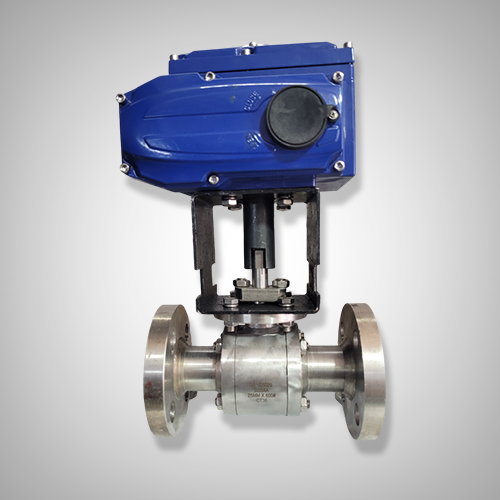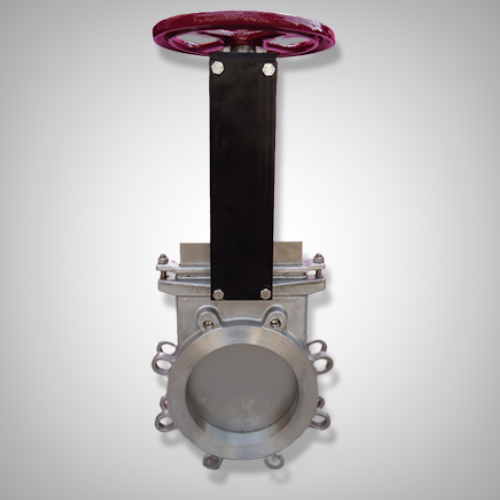Everywhere you look, there’s a headline warning that AI will take our jobs.
From customer service to legal research, algorithms are getting faster, cheaper, and more capable every month.
We’ve already seen it play out.
In the past two years, tech giants like Google, Microsoft, Meta, Amazon, and IBM have laid off tens of thousands of employees — many in white-collar, service-oriented roles that were once considered secure.
A mix of AI adoption, automation, and cost-cutting made those roles expendable almost overnight.
But here’s the good news: manufacturing — real, hands-on, precision manufacturing — will remain human at its core.
AI Can Think Fast. It Can’t Build a Valve.
Artificial Intelligence can pass medical exams, draft a contract, or analyse terabytes of data in seconds.
What it can’t do is weld duplex steel, feel the torque on a bolt, adjust a machining pass by instinct, or stand next to a hydrotest rig and make a safety call in real time.
A high-pressure ball valve, a knife gate valve, a duplex globe valve — these aren’t just “parts.” They’re products of metallurgy, precision engineering, and human craftsmanship.
No algorithm can step into a workshop, smell cutting fluid, or spot a micro-defect in a machined surface the way an experienced machinist can.



Why Service Jobs Are More at Risk
If your job happens entirely on a screen, AI is already learning how to do it faster.
Customer support scripts, basic accounting, data entry, document drafting — these are prime candidates for automation.
The recent layoffs by Silicon Valley’s biggest names show how quickly “safe” jobs can disappear when algorithms and automation take over.
Manufacturing is different.
It happens in the physical world. It demands people who can solve unpredictable problems, adapt on the spot, and take responsibility for safety-critical work.
Even with robotics and automation, those systems need humans to set up, supervise, and make judgement calls.
Manufacturing Is Not “Dirty Work” Anymore
For too long, manufacturing was seen as “old-fashioned” or “dirty.” That’s outdated thinking.
Modern manufacturing uses:
- CNC machines with micron-level precision.
- Digital twins for design and simulation.
- AI-powered inspection systems.
- Robotics for heavy or repetitive lifting.
And here’s the twist: those technologies don’t replace people — they make skilled people even more effective.
The Valve Manufacturing Example
At Phoenix Valsteer, we use AI tools for planning, scheduling, and even quality inspection.
But every valve — from a 3/8 inch high-pressure ball valve to a 10-inch trunnion-mounted Class 1500 — passes through skilled human hands.
We rely on engineers, machinists, designers, and inspectors who understand not just how to build a valve, but why each step matters.
You can’t download that kind of expertise.
A Message to the Next Generation
If you’re choosing your career path, here’s something to think about:
In 5 years, many “safe” desk jobs might not be so safe. The people laid off from tech giants in 2023–2024 thought their skills were future-proof too.
But industries that make things — industries that keep the world’s water treatment plants, power stations, oil platforms, and ships running — will still need people.
Manufacturing is where you:
- See your work in action, sometimes halfway across the world.
- Learn skills AI can’t replicate.
- Build products that last decades and matter every single day.
The Future is Humans + AI, Not Humans vs AI
AI will keep evolving. We’ll keep using it to make our manufacturing smarter, faster, and safer.
But the core — the human expertise, the feel for the work, the accountability — will stay.
At Phoenix Valsteer, we’re building that future.
And we need people who want to be part of it.
Thinking about your next career move?
Join an industry that builds the backbone of the world.
Explore opportunities with Phoenix Valsteer at https://phoenixvalsteer.com

